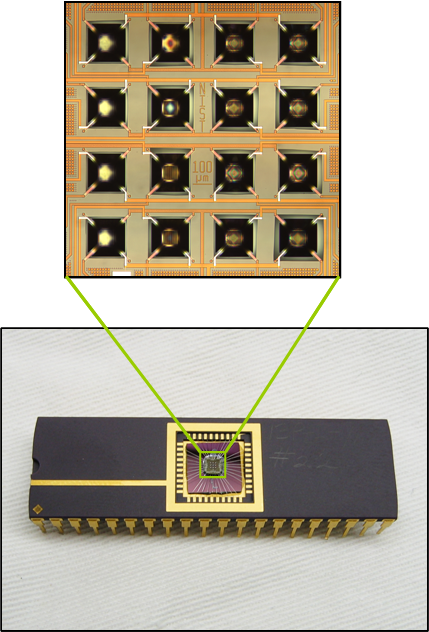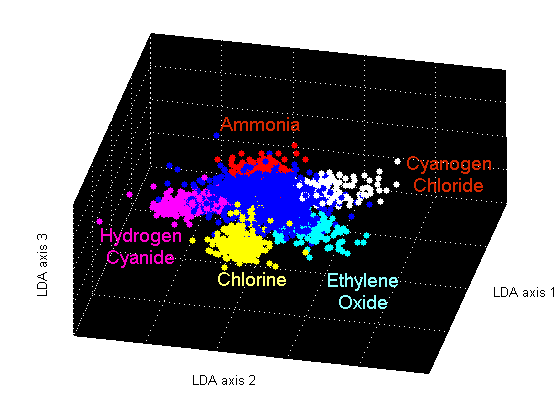My lab is interested in understanding the design and computing principles of biological sensory systems and translating this knowledge into bio-inspired intelligent systems and machine learning algorithms. Research in my lab involves two main themes:
- Systems Neuroscience: an investigation that will combine computational and electrophysiological approaches to examine fundamental principles of olfactory coding and signal processing, learning, and memory
-
Neuromorphic Engineering: development of novel, bio-inspired devices (e.g. ‘electronic nose’)
and algorithmic tools for non-invasive medical diagnosis and homeland security applications
Biological Olfaction
 |
Related Publications:
-
Temporally diverse firing patterns in olfactory receptor neurons underlie spatio-temporal neural codes for odors
B. Raman, J. Joseph, J. Tang, and M. Stopfer
The Journal of Neuroscience , Vol. 30, no. 6, pp. 1994-2006, 2010 (Highlighted article)
-
Frequency transitions in odor-evoked neural oscillations
I. Ito, M. Bazhenov, C. R. Ong, B. Raman, and M. Stopfer
Neuron , Vol. 64, pp. 692-706, December 2009
- Sparse odor representation and olfactory learning
I. Ito, C. R. Ong, B. Raman, and M. Stopfer
Nature Neuroscience, Vol. 11, no.10, pp. 1177-1184, October 2008 (Highlighted article; F1000 evaluation: ‘Must read’)
Artificial Olfaction
 |
 |
Target applications of electronic nose include:
- Medical Diagnostics (Breath Analysis)
- Homeland Security
Related Publications:
- Microsensors in Dynamic Backgrounds: Towards real-time breath monitoring with temperature programmed microsensors
K. Benkstein, B. Raman and S. Semancik
IEEE Sensors, Special Issue on Sensors for Breath Analysis, Vol. 10, pp. 137-144, January 2010 (Cover article) - Designing and Optimizing Microsensor Arrays for Recognizing Chemical Hazards in Complex Environments
B. Raman, D. C. Meier, J. K. Evju and S. Semancik
Sensors and Actuators B, Vol. 137(2), pp. 617-629, April 2009 - A bio-inspired methodology for artificial olfaction
B. Raman, J. Hertz, K. Benkstein, and S. Semancik
Analytical chemistry, Vol. 80, no. 22, pp. 8364-8471, November 2008 (Highlighted article) - Processing of chemical sensor array with a biologically-inspired model of olfactory coding
B. Raman, P. Sun, A. Gutierrez-Galvez, and R. Gutierrez-Osuna
IEEE Transactions on Neural Networks, Vol. 17, no. 4, pp. 1015-1024, July 2006